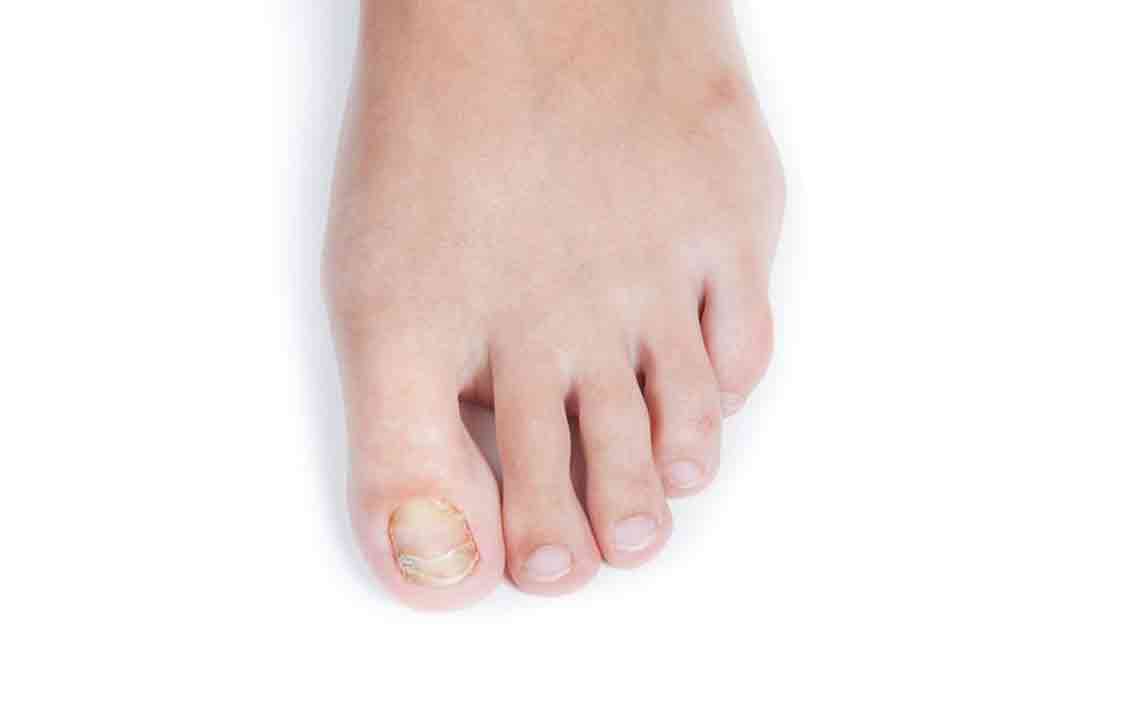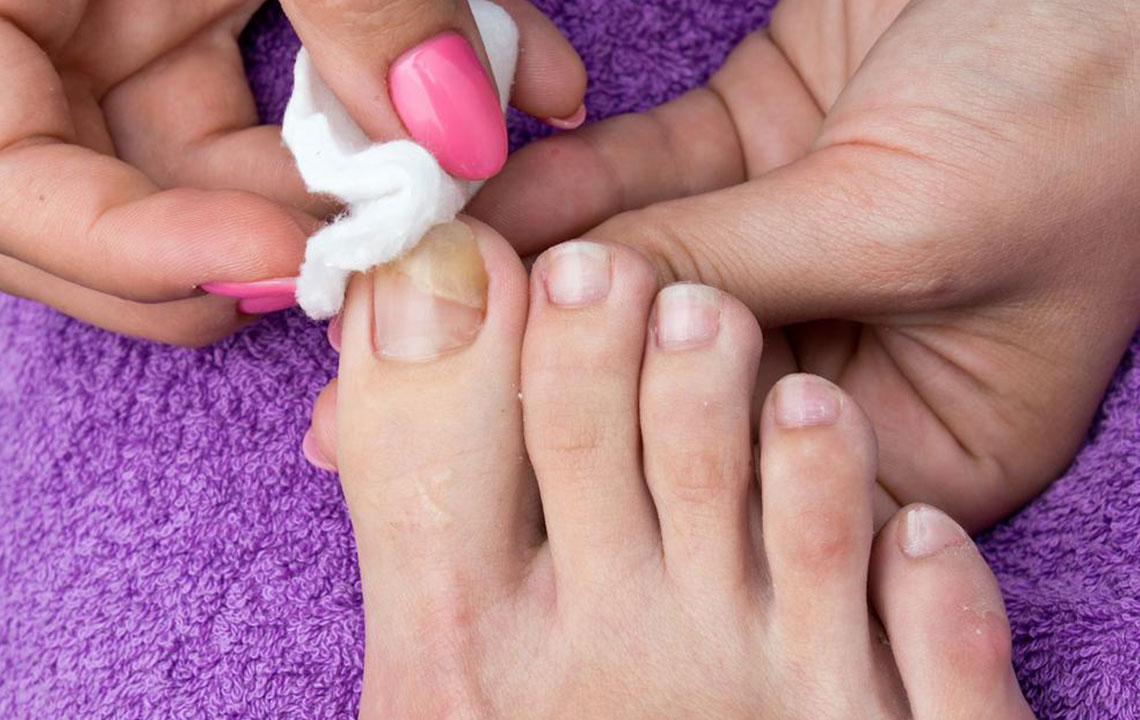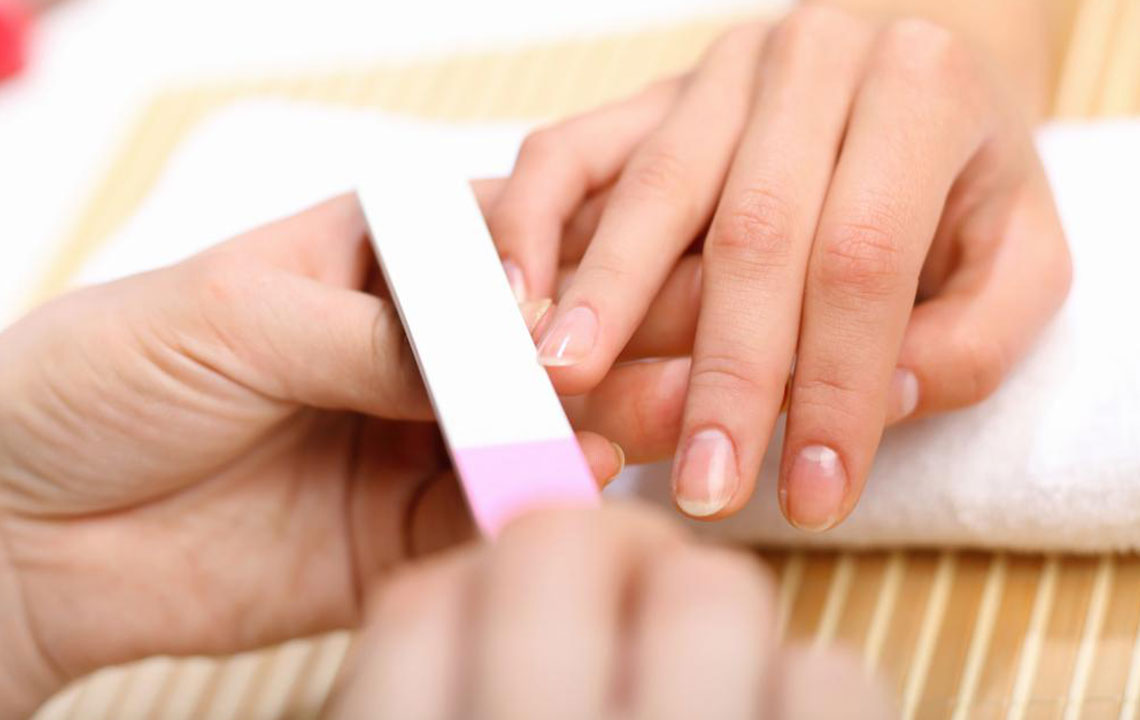Comprehensive Guide to Preventing and Treating Toenail Fungal Infections
This comprehensive article explores effective strategies for managing and preventing toenail fungal infections. It discusses causes, symptoms, treatment options—including medications, natural remedies, and surgical options—and offers practical tips to maintain healthy nails. Regular foot hygiene and proactive care are emphasized to prevent recurrence and ensure long-term nail health. Whether mild or severe, timely intervention is crucial for successful recovery, making this guide a valuable resource for anyone dealing with toenail fungus.

Effective Strategies for Preventing and Managing Toenail Fungal Infections
Toenail fungal infections, medically known as onychomycosis, are a common foot health issue affecting people of all ages and backgrounds. While anyone can develop this condition, certain groups are more susceptible, including the elderly, individuals with compromised immune systems, and those who frequently wear closed or non-breathable footwear. A healthy toenail typically appears pink with a white tip, exhibiting smooth, firm surfaces. However, fungal infections often cause discoloration—such as white, yellow, or brown spots—along with thickening and brittle nails, which can lead to discomfort and aesthetic concerns. Understanding these symptoms and the underlying causes is essential to managing and preventing fungal toenail infections effectively.
Fungal infections of the toenails are primarily caused by dermatophyte fungi, although yeasts and molds can also be responsible. These organisms thrive in warm, moist environments, making sweaty shoes, damp sock linings, and communal areas like gym showers breeding grounds for fungi. The risk factors include excessive sweating, poor foot hygiene, trauma to the toenails, and having underlying health conditions like diabetes or circulatory problems. In many cases, early signs remain mild and painless, leading some to delay seeking treatment. If left untreated, the fungal infection can advance, causing the nails to become deformed, discolored, thickened, and more prone to breakage. This not only affects appearance but can also lead to secondary bacterial infections, further complicating the situation.
Thankfully, there are a variety of effective treatment options available for toenail fungal infections. The approach depends on the severity of the infection, the health status of the patient, and their lifestyle. Common treatments include prescription medications, topical remedies, and occasionally surgical intervention. Oral antifungal medications such as itraconazole and terbinafine are widely prescribed, usually taken over a period spanning 6 to 12 weeks. These drugs work by inhibiting fungal growth from within the body and encouraging the formation of new, healthy nail tissue. It’s important to note that treatment duration may extend beyond visible clearance, as nails grow slowly.
Topical treatments, including medicated nail lacquers like ciclopirox, are often recommended for mild to moderate infections. These nail polishes are applied directly to the affected nails daily over several weeks. For better absorption, it’s typically advised to soak the feet or toes in warm water beforehand, softening the nails and allowing the medication to penetrate deeper. Antifungal creams are also used in conjunction with topical lacquers, especially when the surrounding skin shows signs of infection. Consistent application and patience are key, as these treatments can take several months to show results.
In severe cases, particularly when the infection causes significant pain, nail deformity, or has spread extensively, surgical removal of the infected nail might be necessary. This procedure can be performed as an outpatient and involves physically removing the diseased nail, providing immediate relief and a clean surface for new growth. The new nail typically takes about one year to fully regrow. During recovery, maintaining good foot hygiene is crucial to prevent reinfection.
Alongside conventional treatments, natural remedies have gained popularity among those seeking holistic approaches. Essential oils like tea tree and oregano oil possess antifungal properties and are often applied directly to infected nails after cleaning and softening them with soakings. Home remedies such as soaking the feet in vinegar or Listerine solutions, or using a cornmeal paste, have also been suggested to reduce fungal load—though scientific evidence varies. These methods can be beneficial for mild cases or as complementary care, but they should not replace professional medical guidance when infections persist or worsen.
Preventing toenail fungal infections from recurring involves comprehensive foot care practices. Regularly washing and thoroughly drying the feet, particularly between the toes, is vital. Wearing moisture-wicking socks and footwear made from breathable materials can help keep feet dry, reducing fungal growth. Trimming toenails straight across and avoiding trauma or damage to the nails helps prevent entry points for fungi. Use antifungal powders or sprays if prone to excessive sweating. Additionally, avoiding walking barefoot in communal areas like gyms, pools, or locker rooms can substantially decrease exposure risk.
If you notice persistent discoloration, thickening, or crumbling of your toenails, seeking advice from a healthcare provider is essential. Proper diagnosis ensures targeted treatment, especially since other conditions such as psoriasis or subungual hematomas can mimic fungal infections. Compliance with prescribed treatments and consistent foot hygiene are crucial to eliminate the infection and restore your foot health. Remember, early intervention provides the best chance for a full recovery and minimizes the risk of complications.




